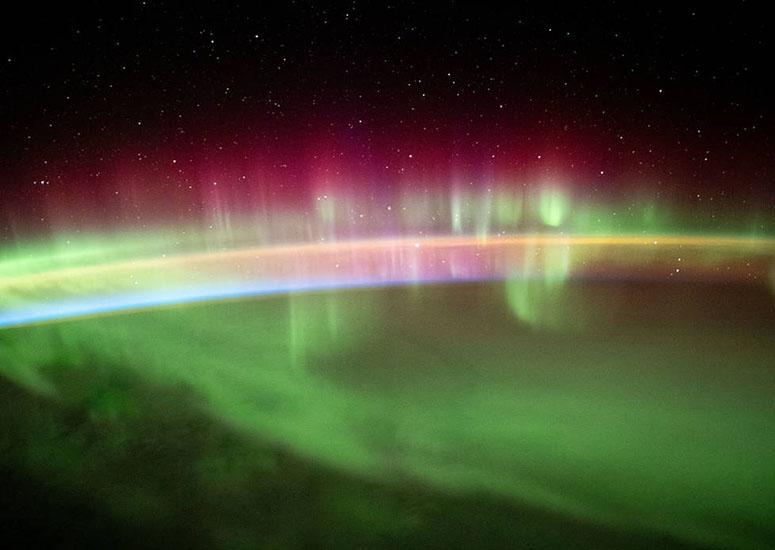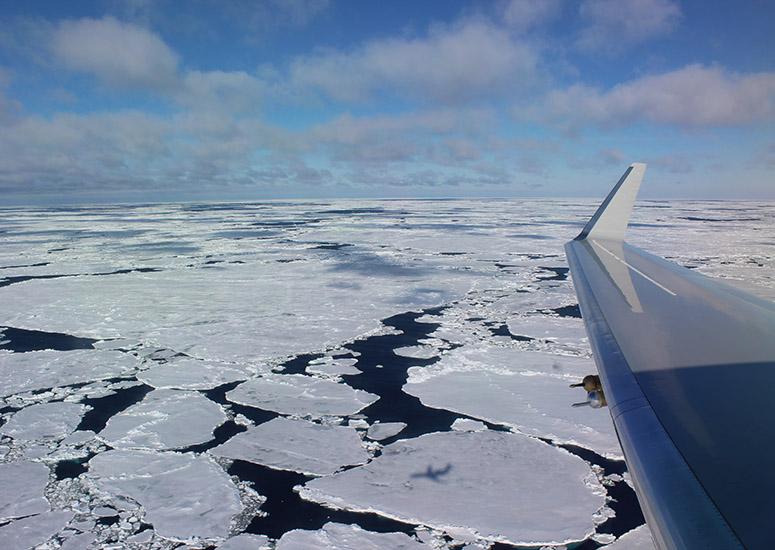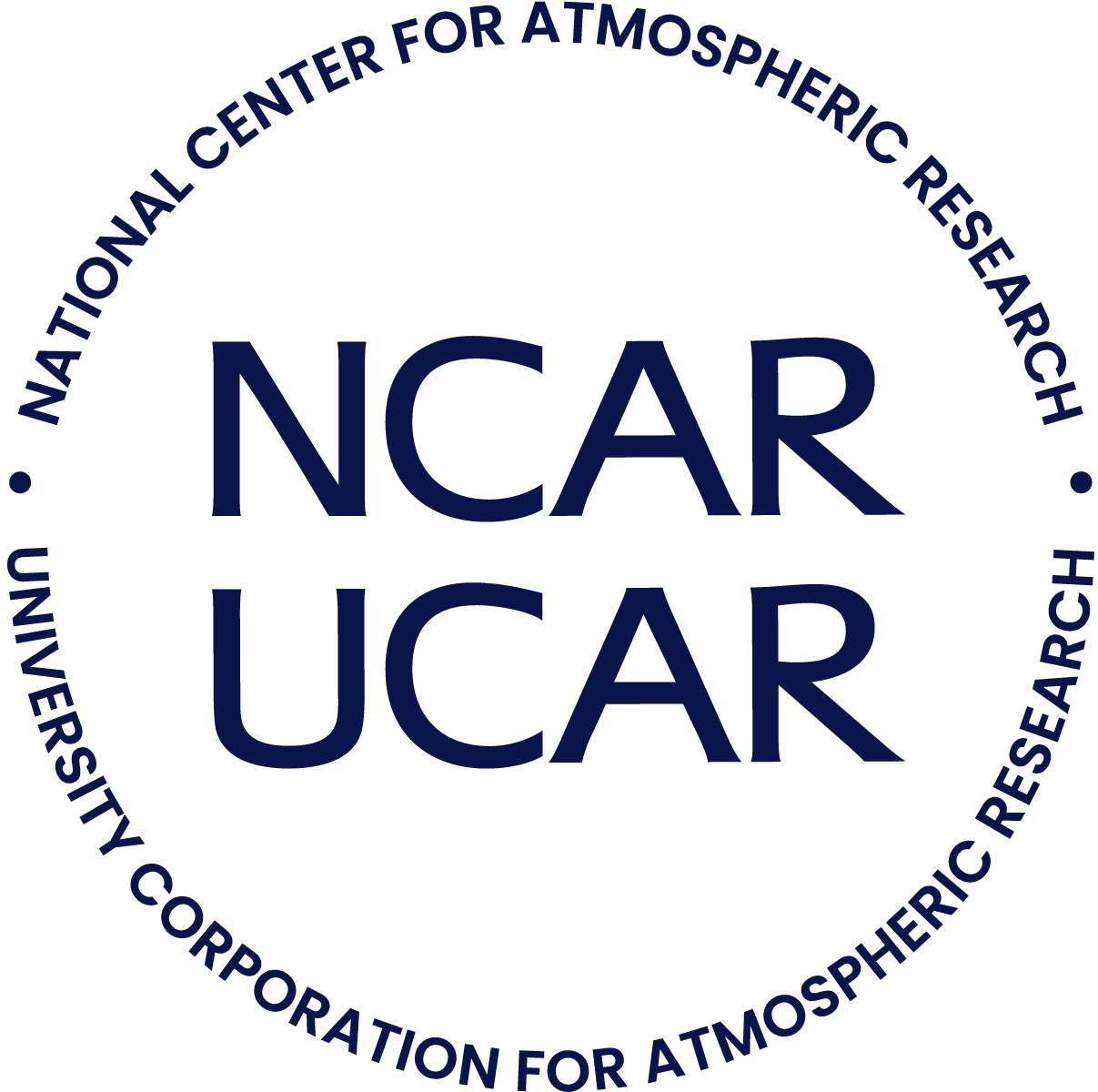Tag: Observing
-

Pacific Northwest wildfires alter air pollution patterns across North America
Increasingly large and intense wildfires in the Pacific Northwest are altering the seasonal pattern of air pollution and causing a spike in unhealthy pollutants in August, new research has found.
- Air Quality
-
UCAR Policy Insider: April 6, 2022
The next few weeks and months are commonly considered the height of “appropriations season” on Capitol Hill. Below are brief summaries of where things stand with the federal budget, and important information about potential funding opportunities stemming from the administration’s landmark infrastructure package.
- Government Relations
-

NCAR’s new mini-satellite will measure howling winds high in Earth’s atmosphere
NCAR has received $6.5 million in funding from NASA to launch a roughly shoebox-sized satellite into space carrying an instrument designed to measure the howling thermospheric winds, which can gust more than 300 miles per hour through the highest reaches of the Earth’s atmosphere.
- Sun + Space Weather
-

Aircraft reveal a surprisingly strong Southern Ocean carbon sink
The Southern Ocean is indeed a significant carbon sink — absorbing a large amount of the excess carbon dioxide emitted into the atmosphere by human activities — according to a new study led by NCAR.
- Climate
-

Warming temperatures increasingly alter structure of atmosphere
Warming temperatures near Earth's surface are playing an increasing role in pushing up the height of the tropopause.
- Climate

